MEDIA
Review: Two books on the artists Mehlli Gobhai and Somnath Hore
www.hindustantimes.com | September 24, 2021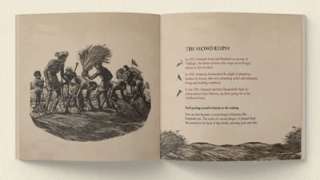
Through a combination of visuals and text, two books create an interface between readers and the artists and act as an entry point into the lives of the masters
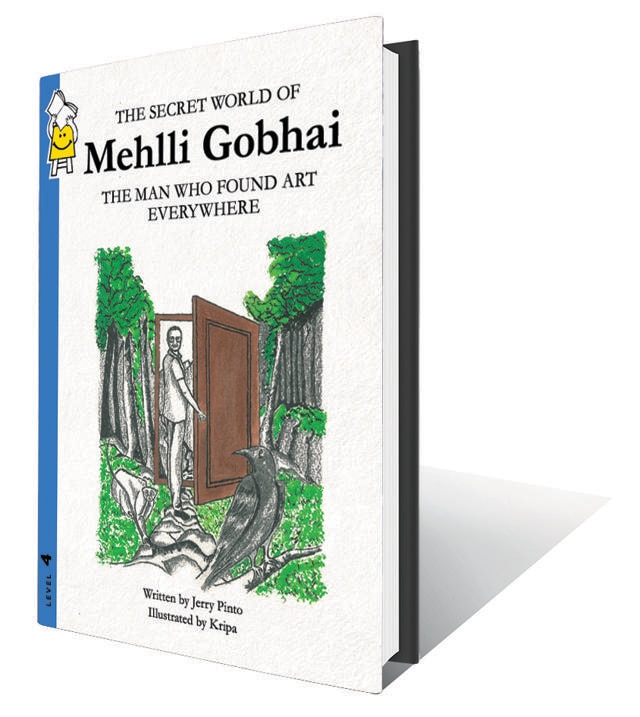 ₹55; Pratham Books
₹55; Pratham Books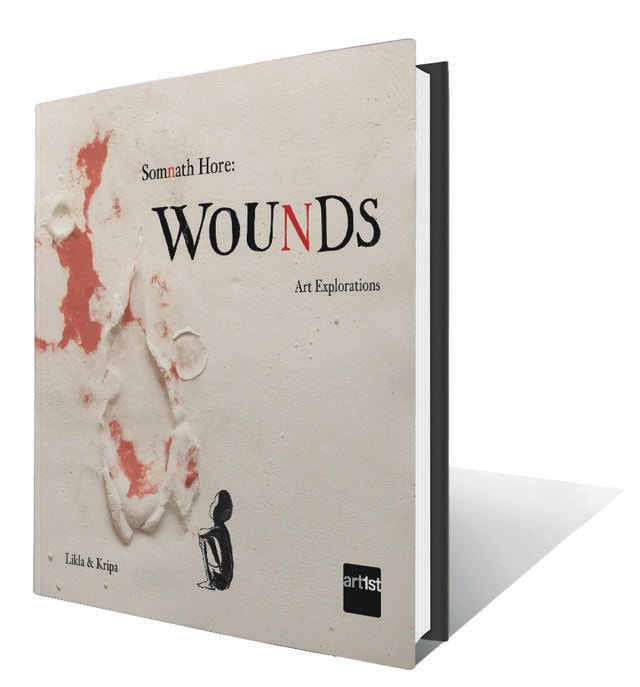 ₹450; art1st
₹450; art1st
Two recent art books have been written for children with the intention of introducing them to the work of two masters: Mehlli Gobhai and Somnath Hore. Both books benefit immensely from Kripa’s sensitive illustrations, which show a commitment to deciphering the work of these artists. These books eschew the convention of chronology normative in biographical accounts, thereby opening up other possibilities to find an entry point into the lives of these masters. Through a combination of visuals and text, the episodes recounted in the books create an interface between the artist and the readers. Jerry Pinto fondly recalls various conversations with his friend Mehlli Gobhai, through which a portrait of the individual emerges. I have often found artist biographies or autobiographies lacking in this aspect which these picture books seem to so effortlessly accomplish. What a great way to introduce art to children! I would also like to think of these books as a genre unto themselves — beautifully produced, illustrated with graphic narratives based on the memory of the writer or incidents from the lives of the artists, with minimal text. Images, as we know, are texts too. We learn to read images through such an exposition.
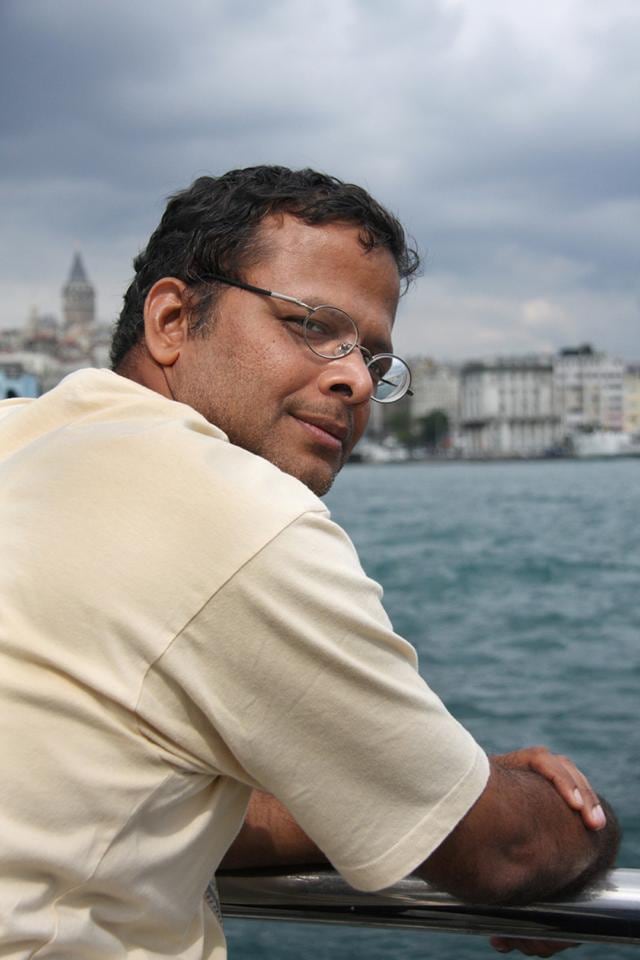 Jerry Pinto, author of Mehlli Gobhai; The Man Who Found Art Everywhere (Chirodeep Chaudhuri)
Jerry Pinto, author of Mehlli Gobhai; The Man Who Found Art Everywhere (Chirodeep Chaudhuri)
These books are not biographies per se as we understand that genre, but they will go a long way in creating an interest in the mind of the young reader and getting her excited about the world of art and artistic explorations. Besides, the selection of artists is also noteworthy. Mehlli Gobhai was an abstract painter. An exhibition of his paintings curated by Ranjit Hoskote and Nancy Adajania concluded at Chemould Prescott Road in Mumbai earlier this month. When I visited the exhibition, I deduced a curious mind at work negotiating form through colour. Pinto writes that Gobhai would not name a painting after finishing it. “Because the viewer should name the painting. I don’t want to explain what I’ve painted. I want my viewer to say, ‘This is what I see’,” Gobhai said. Many adults will also find this wisdom incomprehensible to process but for a child to have the opportunity to be introduced to this thought is the best education one can desire. It will perhaps help them to be creators and not mimics. Interpretation is also creation, after all.
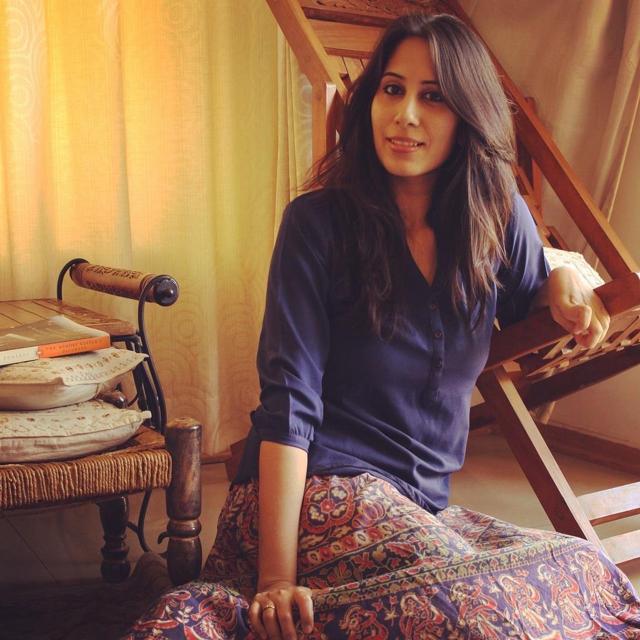 Kripa has illustrated both books. (Courtesy the publisher)
Kripa has illustrated both books. (Courtesy the publisher)
All categories have limitations. So does Children’s Writing or Children’s Literature. By earmarking or suggesting that certain works are appropriate for a specific age group only, we commit an injustice. Both these books, though written with a younger audience in mind, will hold perfectly for any age group interested to read about the life of these artists. Additionally, the illustrations and other visual aids offer further stimuli for intellectual excitement. Kripa’s illustrations capture the emotive subterranean life of the artist and their art works. The term “illustration” is often used in a pejorative way. Kripa’s work transcends those boundaries.
 Likla, author of Somnath Hore: Wounds (Courtesy the author)
Likla, author of Somnath Hore: Wounds (Courtesy the author)
Somnath Hore was an eminent sculptor and printmaker. Unlike many of his contemporaries who lived and worked in Shantiniketan, his work is perhaps not as well-known beyond the circles of elite connoisseurs, artists, historians and art students. Somnath Hore: Wounds focuses on a specific aspect of the life and work of the artist: moments from our contemporary past that haunted the artist, inflicting immense pain, propelling artistic creation. The book illustrates his involvement in the Tebhaga movement, a peasant uprising that he supported and captured in his art.
The selection provokes the reader/viewer into asking pertinent questions: Why is an artist troubled by an event that may not directly affect him or his family? Why should an artist have a social consciousness? These are complex yet important ideas to introduce to children at a formative age. These books seem to accomplish what we ought to have done in our classrooms and art classes. May they multiply and energise young minds to think, reflect and critique.

